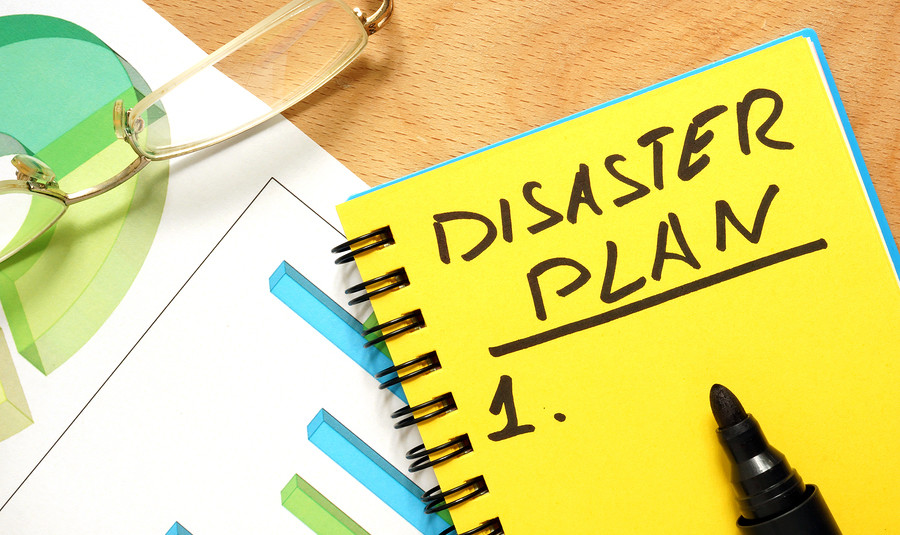Small businesses are especially vulnerable to the unexpected and unpredictable both in the economic (economic down turns, market changes) and the physical environments (hurricanes, floods, earthquakes). Even smaller catastrophes like power outages, machine breakdowns, and computer crashes can affect the company in a big way.
Today, all sectors of society are being cautioned to prepare for the next “big one.” This refers to a devastating earthquake predicted to occur from the country’s West Valley Fault.
When the next earthquake may take place is hard to exactly predict. But scientists have a way of estimating what is called a recurrence interval or the average time span between earthquake occurrences.
For the West Valley Fault, four major earthquakes have been determined to have taken place in the last 1,400 years. It has a recurrence interval of 400 to 500 years. The last major earthquake originating from the fault was recorded in 1658 or 357 years ago.
The conclusion is that the next big one will happen perhaps in our lifetime, or that of our children.
The extreme vulnerability of small businesses to disasters stems from lack of planning. Very few small business owners have put in place disaster management plans, even in the face of repeated alarm signals by government and other sectors about the coming big one.
The Wall Street Journal Complete Small Business Guide Book (2009) provides a short list of how to protect a business should disaster strike.
Review insurance policies. It’s smart for any business owner to take out property insurance policies, which cover the cost of replacing damaged or destroyed equipment or buildings. But also consider business interruption insurance, which covers lost income in the event that your business is forced to shut down temporarily.
Develop a contingency plan. Come up with a list of backup vendors or suppliers in case your primary ones are shut down. Consider alternative work sites so that you can keep operating. Keep a list of 24-hour emergency numbers for all your employees, and develop a quick and efficient way of keeping employees informed.
Back it up. Make backup copies of all critical records, such as accounting and employee data, customer lists, production formulas and inventory. Keep that information in a separate location at least fifty miles away, or subscribe to a online data backup service provider.
Assign a team that will take charge of specific areas in the plant or office during an emergency situation. Specify duties and responsibilities.
Formulate a disaster management plan. Business continuity templates are available online. Click here and here to access sample templates.

